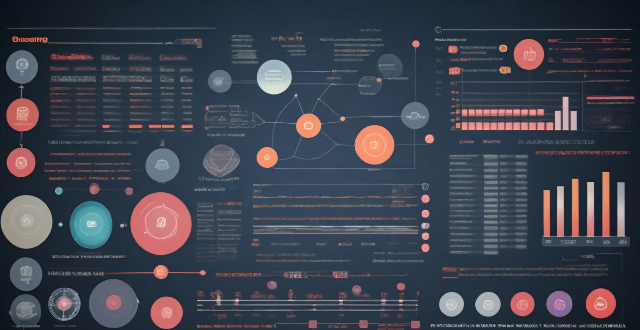Wearable devices and health management apps work together to provide accurate physical activity data. The integration process involves data collection, transmission, analysis, visualization, and feedback. This collaboration offers benefits such as accurate data tracking, personalized insights, goal setting and tracking, and improved health outcomes. Examples of integrated systems include Fitbit and Fitbit App, Apple Watch and Apple Health App, and Garmin Devices and Garmin Connect App.

Wearable Devices and Health Management Apps: A Collaborative Effort for Accurate Physical Activity Data
Wearable devices have revolutionized the way we track and manage our physical activity levels. These devices, when integrated with health management apps, provide users with more accurate data on their daily activities. In this article, we will explore how wearable devices and health management apps work together to provide a comprehensive understanding of an individual's physical activity levels.
Integration Process
The integration process between wearable devices and health management apps involves several steps:
1. Data Collection: Wearable devices collect various types of data, including heart rate, steps taken, distance traveled, calories burned, and sleep patterns.
2. Data Transmission: The collected data is then transmitted wirelessly from the wearable device to the health management app via Bluetooth or Wi-Fi.
3. Data Analysis: Once the data is received by the app, it is analyzed using advanced algorithms to provide insights into the user's physical activity levels.
4. Visualization: The analyzed data is presented in a user-friendly format, such as graphs, charts, and tables, allowing users to easily understand their progress and set goals accordingly.
5. Feedback and Recommendations: Based on the analyzed data, the app provides feedback and recommendations to help users improve their physical activity levels and overall health.
Benefits of Integration
Integrating wearable devices with health management apps offers numerous benefits, including:
- Accurate Data Tracking: Wearable devices provide real-time data on various aspects of physical activity, making it easier for users to monitor their progress and set realistic goals.
- Personalized Insights: By analyzing the collected data, health management apps can provide personalized insights into an individual's physical activity levels, helping them make informed decisions about their health and fitness routine.
- Goal Setting and Tracking: Integrated systems allow users to set specific goals for their physical activity levels and track their progress over time, helping them stay motivated and focused on achieving their objectives.
- Improved Health Outcomes: By providing accurate data and personalized insights, integrated systems can help individuals make positive changes to their lifestyle habits, leading to improved health outcomes in the long run.
Examples of Integrated Systems
Several wearable devices and health management apps have successfully integrated to provide users with accurate data on their physical activity levels. Some examples include:
- Fitbit and Fitbit App: Fitbit devices collect data on various aspects of physical activity, such as steps taken, heart rate, and sleep patterns. This data is then synced with the Fitbit app, which analyzes the information and provides users with personalized insights and recommendations for improving their overall health and fitness.
- Apple Watch and Apple Health App: The Apple Watch collects data on heart rate, steps taken, distance traveled, and more. This data is then synced with the Apple Health app, which analyzes the information and presents it in a user-friendly format, complete with visual representations of progress over time.
- Garmin Devices and Garmin Connect App: Garmin devices collect data on various aspects of physical activity, including heart rate, steps taken, calories burned, and more. This data is then synced with the Garmin Connect app, which analyzes the information and provides users with detailed reports on their performance and progress toward their goals.
In conclusion, the integration of wearable devices with health management apps has significantly improved the accuracy and accessibility of physical activity data for individuals looking to improve their health and fitness levels. By leveraging the power of these integrated systems, users can gain valuable insights into their daily activities and make informed decisions about their lifestyle habits.